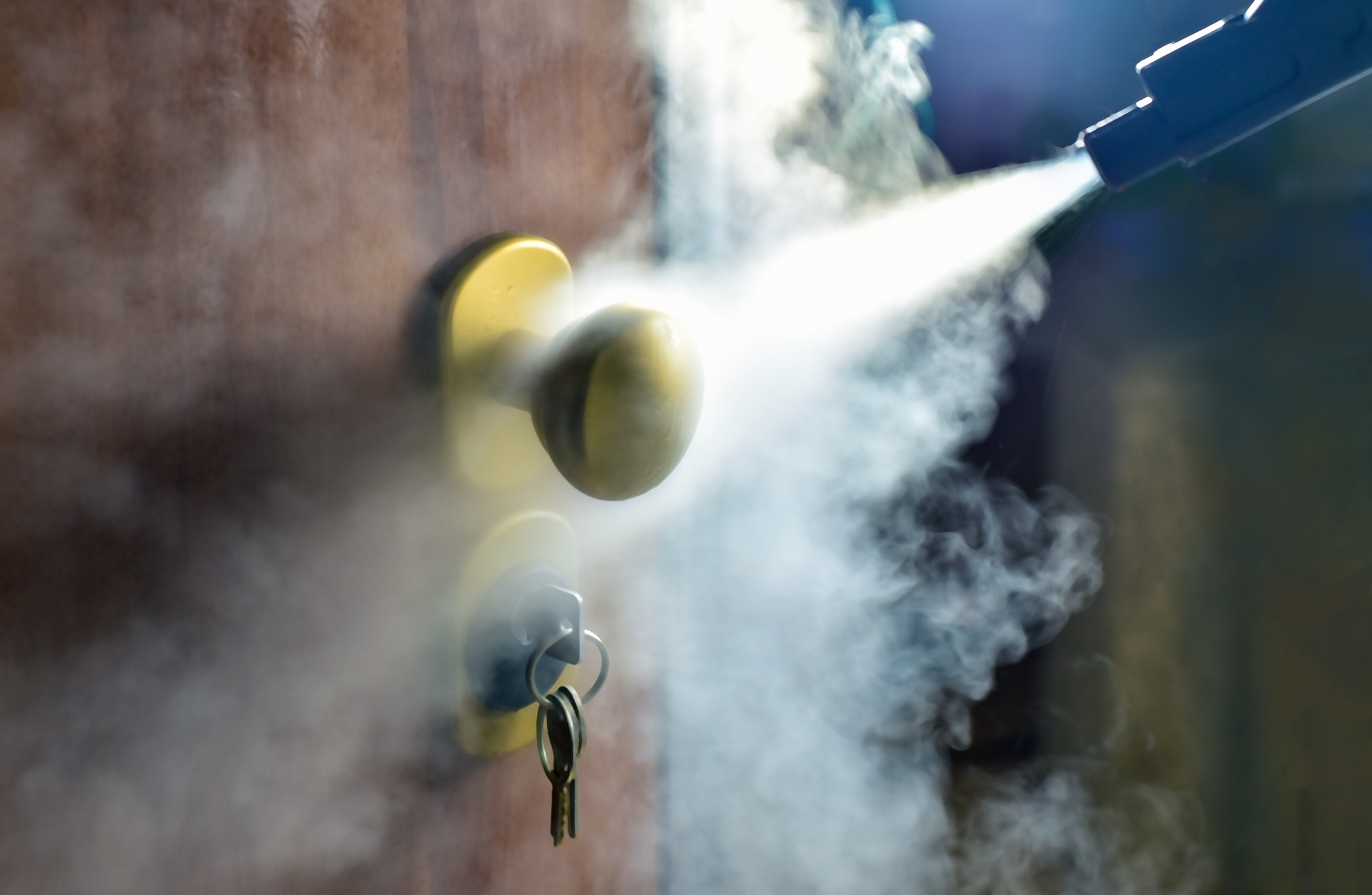A Crucial Step in Maintaining Hygiene and Safety
In today’s world, where the awareness of hygiene and cleanliness is more heightened than ever, the importance of enhanced disinfection, especially of high-touch surfaces, cannot be overstated. These surfaces, which include doorknobs, light switches, handrails, desks, chairs, and restroom fixtures, are hotspots for germ transmission due to their frequent use by numerous individuals. Regular and thorough disinfection of these areas is vital in preventing the spread of infectious diseases, including the common cold, flu, and more recently, COVID-19.
Understanding High-Touch Surfaces
High-touch surfaces are those that are frequently touched by multiple people throughout the day. In public places like schools, offices, and hospitals, this could mean hundreds or even thousands of touches per day. Common examples are door handles, light switches, elevator buttons, handrails, desks, chairs, and restroom fixtures. These surfaces become reservoirs for pathogens, which can survive for hours to days, depending on the material.
The Need for Enhanced Disinfection
Enhanced disinfection goes beyond basic cleaning. While cleaning removes dirt and impurities, disinfection involves using chemicals to kill germs. This is crucial in breaking the chain of infection transmission. The COVID-19 pandemic has underscored the need for rigorous disinfection protocols, particularly in public and communal spaces. Enhanced disinfection is not just about frequency but also about using the right techniques and products.
Effective Disinfection Practices
- Choosing the Right Disinfectant: It’s essential to use EPA-registered disinfectants that are proven to be effective against a broad spectrum of pathogens. The product should be suited to the surface being treated and used according to the manufacturer’s instructions.
- Regular Scheduling: High-touch surfaces should be disinfected multiple times a day, given the frequency of contact. Establishing a regular disinfection schedule ensures that these areas are consistently kept safe.
- Thorough Application: Disinfecting involves more than a quick wipe. It requires sufficient contact time between the disinfectant and the surface to be effective. This dwell time is crucial for the chemical to inactivate pathogens.
- Training and Protective Equipment: Janitorial staff must be properly trained in disinfection techniques and the use of personal protective equipment (PPE). This is vital not only for their safety but also for the effectiveness of the cleaning process.
The Role of Technology in Disinfection
Advancements in technology have introduced more efficient ways of disinfecting high-touch areas. Electrostatic sprayers, for instance, evenly coat surfaces with a disinfecting solution, ensuring comprehensive coverage. UV-C light disinfection is another emerging tool, particularly useful for electronic devices and other sensitive materials.
Public Awareness and Participation
Public awareness and participation play a significant role in the effectiveness of disinfection efforts. Simple actions like using a tissue or elbow to open doors or press buttons can significantly reduce the spread of germs.
The enhanced disinfection of high-touch surfaces is a critical component in maintaining public health and safety. It requires a combination of the right products, proper techniques, regular scheduling, technological support, and public participation. As we navigate through the challenges posed by infectious diseases, prioritizing disinfection in our daily routines is paramount in creating a safer and healthier environment for all.

